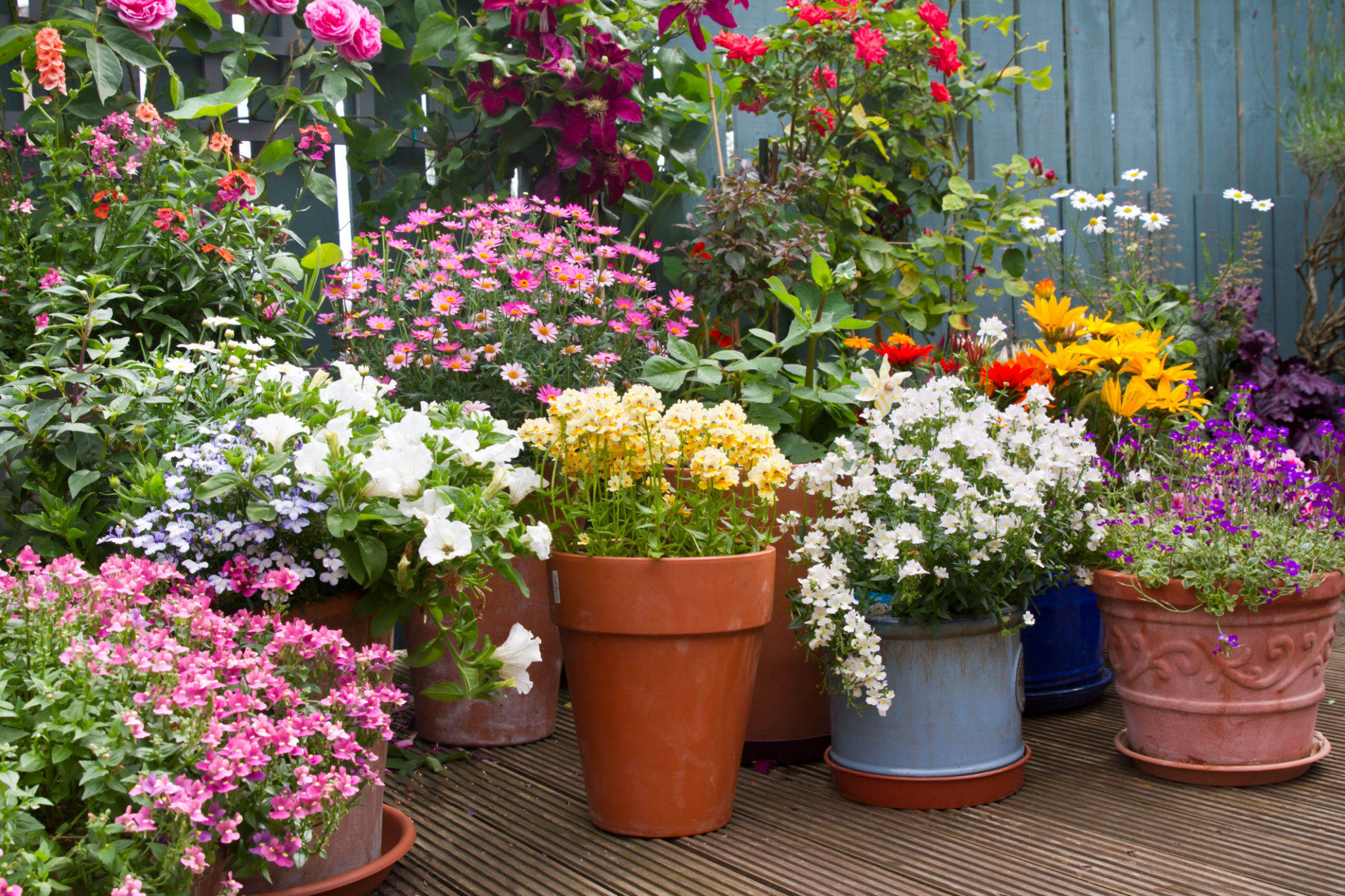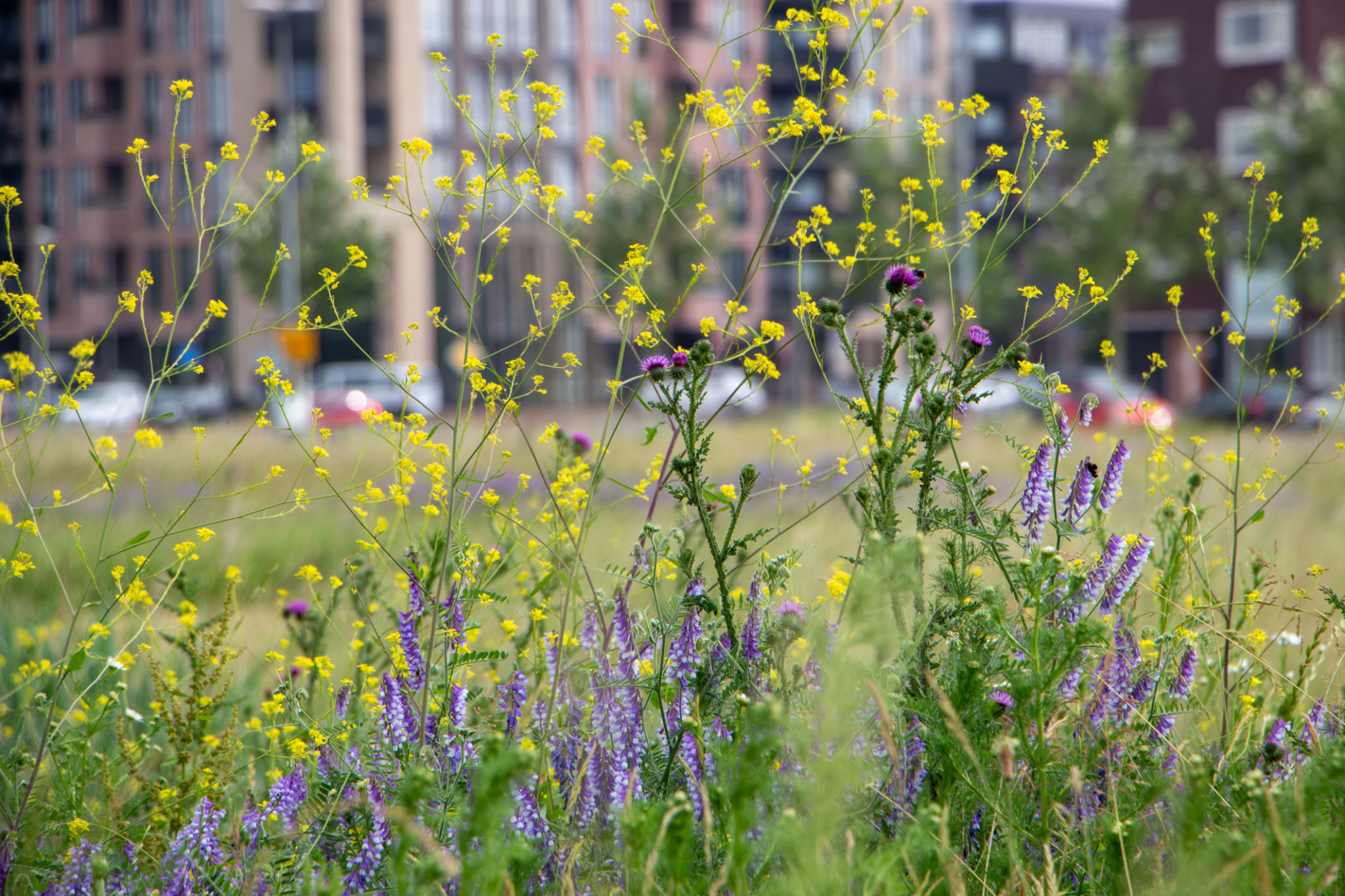Urban Gardening Myths Debunked: What Every Beginner Should Know
Getting Started with Urban Gardening
Urban gardening is growing in popularity as people look to create green spaces within city environments. However, there are several myths that can deter beginners from starting their own urban garden. If you're eager to transform your balcony, rooftop, or community space into a thriving garden, understanding these misconceptions is crucial.

Myth 1: You Need a Lot of Space
One of the most common myths is that a large space is required for gardening. In reality, urban gardening can thrive in compact areas. Vertical gardens, hanging pots, and window boxes are excellent alternatives for maximizing limited space. With creative use of small areas, you can grow a variety of plants even with minimal square footage.
Myth 2: Urban Soil is Always Contaminated
While it's true that some urban soils may contain contaminants, this doesn’t mean gardening isn’t possible. Testing soil is a simple way to understand its makeup. Additionally, using raised beds or container gardening can help you avoid direct contact with potentially contaminated soil, ensuring a healthy environment for your plants.

Myth 3: Urban Gardening is Expensive
The belief that urban gardening requires significant financial investment is misleading. Many urban gardeners start with cost-effective methods such as using recycled containers, homemade compost, and seeds collected from kitchen scraps. Over time, these small investments can lead to substantial savings on fresh produce.
The Reality of Urban Gardening
Myth 4: Only Certain Plants Can Grow in Urban Areas
Another misconception is that only specific plants can thrive in urban settings. However, a wide variety of plants can adapt to city life. Herbs like basil, mint, and parsley, as well as vegetables like tomatoes and peppers, are well-suited for urban conditions. It’s all about choosing plants that match the available sunlight and space.

Myth 5: Urban Gardens Don’t Yield Much Produce
Many believe that urban gardens cannot produce significant yields. On the contrary, with proper planning and care, urban gardens can be surprisingly productive. Techniques such as crop rotation, succession planting, and companion planting can significantly increase your harvests.
Myth 6: Urban Gardening is Too Time-Consuming
The idea that urban gardening demands an overwhelming amount of time is inaccurate. While initial setup might require some effort, maintaining an urban garden can be quite manageable. Utilizing self-watering containers and setting up a routine for watering and pruning can simplify your gardening tasks.

Embracing Urban Gardening
With these myths debunked, embarking on your urban gardening journey becomes more accessible and less daunting. Embrace the opportunity to create a green oasis in your urban environment. Not only will you enjoy fresh produce, but you'll also contribute to a more sustainable and eco-friendly lifestyle.
Remember, urban gardening is not only about growing plants but also about cultivating a sense of community and well-being. Whether you're a seasoned gardener or just starting out, the rewards of urban gardening extend beyond the physical harvest to enrich your urban living experience.
